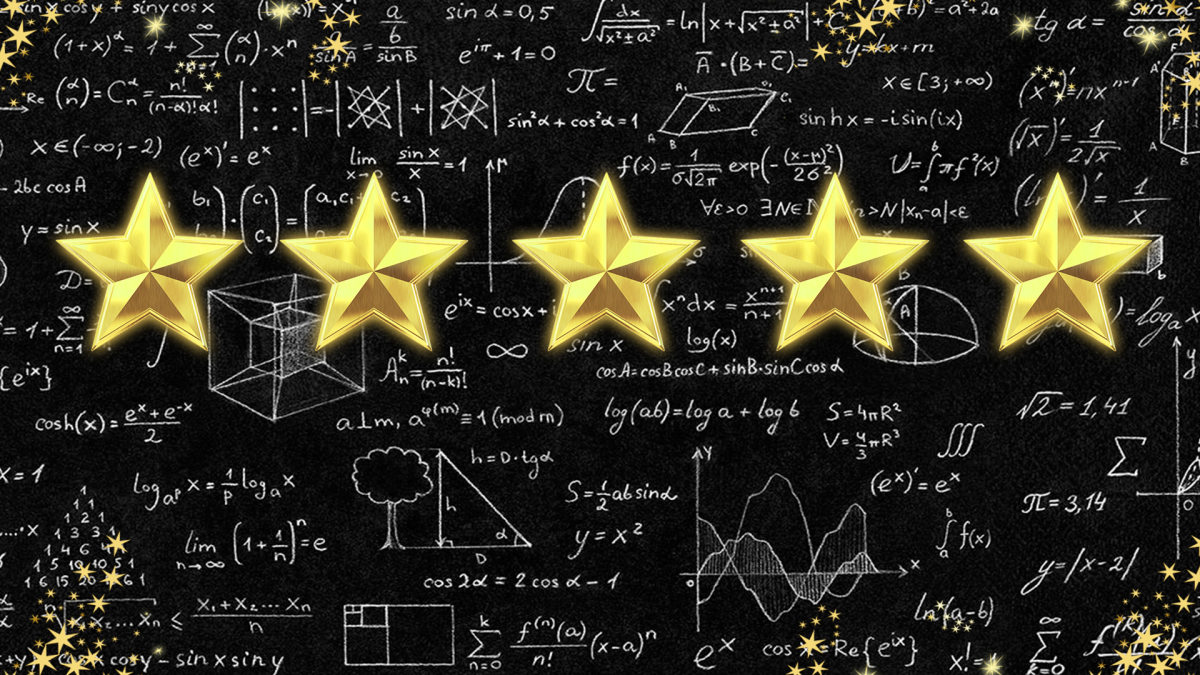Students design and engineer a paper backpack to hold all the supplies swallowed by the well-loved old lady in "There Was An Old Lady Who Swallowed Some Books". They follow the engineering design
Students will learn about the difference between potential and kinetic energy by building a ramp. Three objects will be tested down the ramp to see which one can go the farthest. Data will be
After completing a unit on weather, students will be challenged to research, design, construct and attach a snow plow to their Edison robot. Then they will create a scratch code that will navigate
This lesson introduces the students to what are antibiotics, how they work, and why they are important. At the same time, it also talks about how an organism becomes antibiotic resistant. The students
Predicting the pH of an experiment - this is a more of an advanced lab for students that have lab experience or can be used as a demonstration by the teacher. Calculating Molarity. Great pre-lesson to
This is the second part of this unit on the duff layer in a forest. After learning after duff and its potential impact on forest fires in the last lesson, students will be following the engineering
In this lesson, students use the Kepler’s Laws PhET Simulation to collect data on the period and average radius of the planetary orbits. They graph and analyze that data to derive Kepler’s 3rd Law.
In this lesson students will use everything they've done in parts 1-3 to analyze how mutations affect proteins. Students will build the mutated proteins that they sequenced in part 3. They will test
This lesson gives students a hands-on science and math experience with the duff layer in a ponderosa pine forest. Students will explore a sample to identify what is found in it, measure the width of
A Shocking Dystopia: STEM Adventures in The City of Ember Part 4 of 4: Where the River Goes
This lesson is PART 4 of a four-lesson unit, which focuses on futures thinking, the phenomenon of electricity, closed-system agriculture, and water as a renewable energy resource. “The City of Ember”
A Shocking Dystopia: STEM Adventures in The City of Ember Part 3 of 4: A Problem in the Greenhouse
This lesson is PART 3 of a four-lesson unit, which focuses on futures thinking, the phenomenon of electricity, closed-system agriculture, and water as a renewable energy resource. “The City of Ember”
A Shocking Dystopia: STEM Adventures in The City of Ember Part 2 of 4: A Way to See in the Dark
This lesson is PART 2 of a four-lesson unit, which focuses on futures thinking, the phenomenon of electricity, closed-system agriculture, and water as a renewable energy resource. “The City of Ember”
A Shocking Dystopia: STEM Adventures in The City of Ember Part 1 of 4: Blackout! Community Circuits
This lesson is PART 1 of a four-lesson unit, which focuses on futures thinking, the phenomenon of electricity, closed-system agriculture, and water as a renewable energy resource. “The City of Ember”
This lesson uses a PhET Simulation to allow students to collect data on the orbits of planets around our Sun, then summarize and share their results. It is designed for students in Grades 9-12.
This is a multi-day engineering design project. I use this for 2 weeks, a total of ten 50-minute periods. Students will research and design a dog house, creating a 3D model in a web-based computer
Students will explore beginning coding thru binary coding and creating a name bracelet.
This lesson is the beginning stages of planning for a greenhouse. Students work to gather data and information about possible locations for the greenhouse by using their perimeter skills.
This lesson gives students a real world opportunity to explore area and the distributive property by designing a dream room. Students are given the total square footage and instructions to design the
This lesson is designed around competition. Competition is a driving force behind natural selection. If something can survive to reproduce, the traits are passed on. Students will be completing
In this lesson students will use their climate zone and plant information to create a model of a garden. They will use a variety of charts and graphs to determine what plants will grow best given the
Students will use the Sphero bots to collect and graph data to make a prediction.
Part one of a four part project exploring the movement of the brain upon impact in everyday activities. This lesson uses Pocketlab Voyager sensors to analyze brain movement in high impact activities
This is the first of 4 lessons where students will propose and configure a school garden using criteria given by the principal. Students will work in groups of 3 to determine configurations. They will
Students will be using simple equipment to demonstrate the 3 laws of motion. They will be incorporating technology, math, and the scientific method to demonstrate what they know.
Featured Lesson Plans
Check out these notable lesson plans.

Animals and Resources: Lesson 1
This is lesson 1 of the Life Science Unit. Links to all lessons included! In this lesson, students engineer a bird feeder to help birds access resources to survive. Optional fiction read-alouds

Quail Farming
Students will learn about the three pillars of sustainability through their quail farm. They will incubate, raise and restock their quails in order for them to be sustainable regardless of what

Ozobot Karaoke
In this lesson, students will combine the fields of coding and robotics with music to program an Ozobot to "sing" a familiar song. Students will learn about music concepts such as notes and octaves
